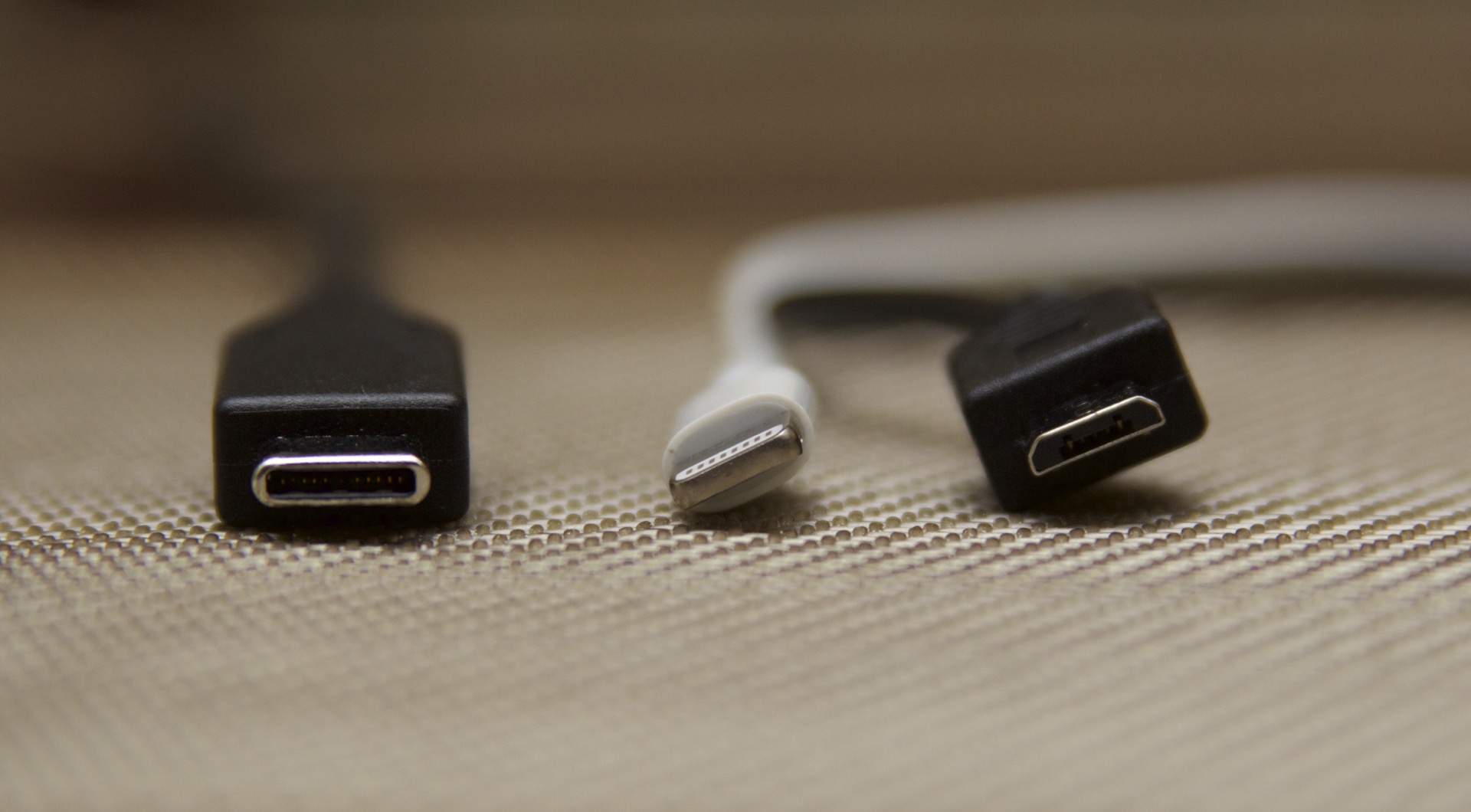JudyN
Veteran Member
As I was preparing to update the firmware in my OMD E-M1 II I realized I didn't know where the cables went. Two new Olympus cameras within a few weeks, much excitement over cameras, who cares about cables... I finally found them both. Neither are like any other cable I own. I will need to store them somewhere I can find them once a year when I want to see if there are updates for the cameras? I don't use camera cables other than that.
The E-M1 II is USB-C. I don't have any other USB-C yet. So I look it up and the description says it's small. Small? It is MUCH larger than my current phone charger cables. But this apparently is our direction. Larger connectors, which are called smaller. I guess I can't complain about them using a new cable type that presumably I will come to know some time in the future.
The E-M5 II is apparently a proprietary cable. WHAT!? I stare at it and it looks kinda like an old old USB cable, but I've not got the energy to go try to find a very old USB cable to compare to it. So I try to look it up. Proprietary. Wonderful! I've had all sizes of USB cables for cameras but never before one that is not standard something. Often standard something I don't use much any more, but at least standard.
Have fun here!
The E-M1 II is USB-C. I don't have any other USB-C yet. So I look it up and the description says it's small. Small? It is MUCH larger than my current phone charger cables. But this apparently is our direction. Larger connectors, which are called smaller. I guess I can't complain about them using a new cable type that presumably I will come to know some time in the future.
The E-M5 II is apparently a proprietary cable. WHAT!? I stare at it and it looks kinda like an old old USB cable, but I've not got the energy to go try to find a very old USB cable to compare to it. So I try to look it up. Proprietary. Wonderful! I've had all sizes of USB cables for cameras but never before one that is not standard something. Often standard something I don't use much any more, but at least standard.
Have fun here!
Loading…
www.tethertools.com

